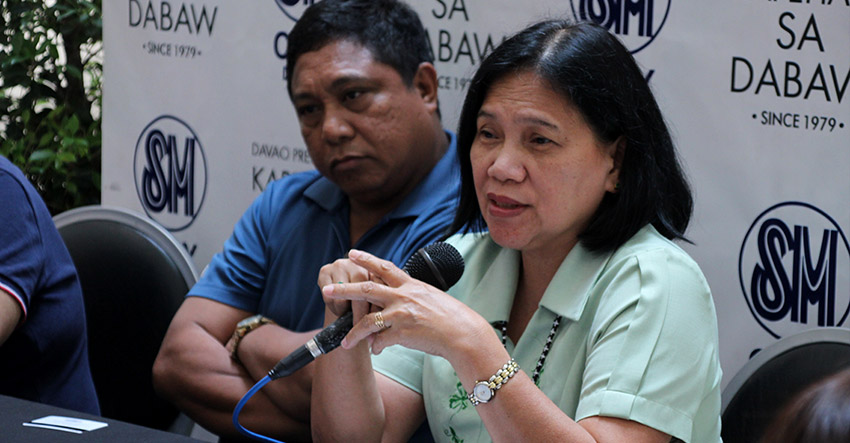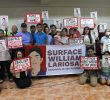
Dengue figures rose to a total of 4,564 cases and 40 deaths as of this month, said Engr. Antonietta Ebol, Dengue prevention control program manager of DOH. (Earl O. Condeza/davaotoday.com)
DAVAO CITY — The Department of Heath (DOH) reported that there is a rapid increase of dengue cases here in Region 11 as of the first quarter of this year.
Dengue figures rose to a total of 4,564 cases and 40 deaths as of this month, said Engr. Antonietta Ebol, Dengue prevention control program manager of DOH.
Only 1,850 cases were reported last year.
Ebol said the 147 percent increase may be due to the rainfall pattern in Mindanao and the environmental sanitation factors like the water and disposal of the garbage.
“The mosquito vector is highly domesticated as they can be found inside and outside the house, buildings and other premises,” she said.
Ebol said that the memorandum circular of the former Department of the Interior and Local Government (DILG) secretary Jesse Robredo last 2012 that is the “Aksyon Barangay Kontra Dengue (ABKD)” must be strengthened to aid in dengue prevention.
ABKD is the government’s response to intensify the fight against dengue outbreak in order to reduce dengue cases and control dengue transmission.
Ebol said that their monitoring is through inspecting household in barangays and most of these households have three to four containers that can be a breeding container of the mosquitos.
“If wala pong kiti-kiti wala pong lamok, kahit hindi ma stop mababawasan naman natin ang dengue incidents (If there will be no mosquito larva, then their will be no mosquito. If we can’t stop dengue, then at least we can decrease the number of dengue incidents),” she said.
In Davao City, Ebol said that the “hot spot” areas of dengue are in Agdao, Buhangin, Bunawan, Talomo North and South.
“For the past years, Davao City contributed 70 percent of the dengue cases in the whole region,” she said.
Ebol said that the 20 percent remaining is distributed in the capital towns of the provinces of Davao region such as Mati City, Baganga, and Governor Generoso in Davao Oriental; Panabo City, Tagum City, and Island Garden City of Samal in Davao del Norte.
Ebol noted that New Corella and Talaingod towns in Davao del Norte, Digos City in Davao del Sur and Nabunturan, Pantukan and Maragusan towns in Compostela Valley have also recorded dengue cases this year.
“Our mosquito vector already adapted the rural area that came from the cities,” she said.(davaotoday.com)










